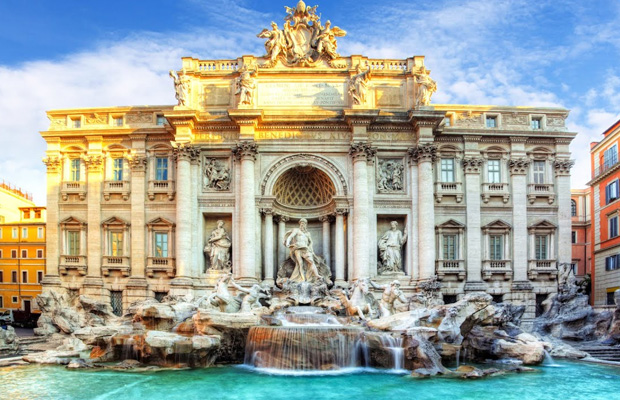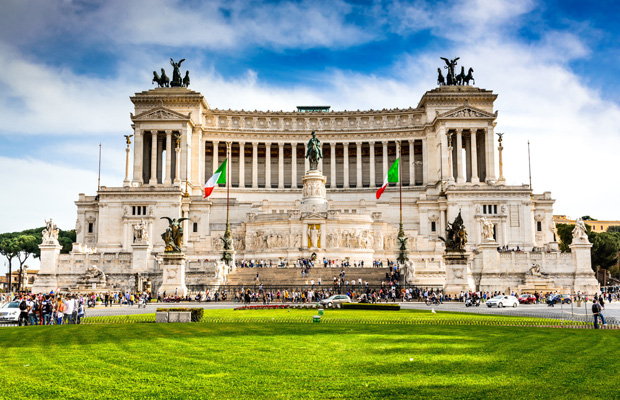Baths of Caracalla
Baths of Caracalla
Italy
Rome
Rome Travel Guide
Book Tour & Activities
Your tour in Rome.
Book your stay
Your hotel in Rome.
Overview
The Baths of Caracalla in Rome, Italy, were the city's second largest Roman public baths, or thermae, likely built between AD 212 and 216/217, during the reigns of emperors Septimius Severus and Caracalla. They were in operation until the 530s and then fell into disuse and ruin. However, they have served as an inspiration for many other notable buildings, including the Baths of Diocletian, Basilica of Maxentius, the original Pennsylvania Station and Chicago Union Station. Art works recovered from the ruins include famous sculptures such as the Farnese Bull and the Farnese Hercules. Today the Baths of Caracalla are a tourist attraction.
The Baths of Caracalla in Rome, Italy, were the city's second largest Roman public baths, or thermae, likely built between AD 212 and 216/217, during the reigns of emperors Septimius Severus and Caracalla. They were in operation until the 530s and then fell into disuse and ruin. However, they have served as an inspiration for many other notable buildings, including the Baths of Diocletian, Basilica of Maxentius, the original Pennsylvania Station and Chicago Union Station. Art works recovered from the ruins include famous sculptures such as the Farnese Bull and the Farnese Hercules. Today the Baths of Caracalla are a tourist attraction.
History
Construction – 216–235
Construction of the baths was probably initiated by emperor Septimius Severus and completed during the reign of his son, Caracalla. They were inaugurated in AD 216. The baths were located in the southern area of the city, Regio XII, where members of the Severan family commissioned other construction works: the via nova leading to the baths and the Septizodium on nearby Palatine Hill.[3]:7 The site chosen for the baths formerly belonged to a vast garden estate known as the horti Asiniani, developed by Gaius Asinius Pollio during the reign of Augustus.[4] The Farnese Bull sculptural group which was later moved into the Baths of Caracalla was already present at the site in the time of Pollio, who imported it to display in his gardens.
The estate of Pollio was appropriated by Caracalla to build his baths and the existing structures were demolished down to their ground floors, filled in with earth and incorporated into the foundations of the new bath complex. The remains of one of these structures, a noble domus (house), were excavated by Francesco Ficoroni in the mid 18th century, and again in 1860-67 by G.B. Guidi.
For work to have been mostly completed in the time of Caracalla, workers would have had to install over 2,000 metric tons (2,200 short tons) of material every day for six years in order to complete it between 211 (when Severus died) and 216.
Work on additional decorations continued under Caracalla's successors Elagabalus and Severus Alexander. The baths were likely mostly finished by 235. Later renovations were conducted under Aurelian (after a fire) and by Diocletian. Under Constantine the Great the caldarium was modified.
The building was heated by a hypocaust, a system of burning coal and wood underneath the ground to heat water provided by a dedicated aqueduct. The baths were free and open to the public.
Late antiquity
The baths were fully functional in the 5th century when they were referred to as one of the seven wonders of Rome. Olympiodorus of Thebes mentions a capacity of 1,600. This is interpreted to refer to the maximum number of simultaneous visitors, as the daily capacity is thought to have been 6,000 to 8,000 bathers.
The baths remained in use until the 6th century. From the mid 4th century a Christian pilgrimage site came into being, known as the titulus Fasciolae, close to the baths near the Church of Santi Nereo e Achilleo. The baths thus became useful to pilgrims and the religious community for their water supply.[4] In 537 during the Gothic War, Vitiges of the Ostrogoths laid siege to Rome and severed the city's water supply. Shortly thereafter the baths were abandoned.[7] Located too far away from the still populated area of Rome, the baths were mostly disused but in the 6th and 7th centuries were apparently used for the burials of pilgrims who died after being cared for in the nearby Xenodochium of Santi Nereo ed Achilleo. Some simple tombs from this era have been found inside the bath area.[3]:8–9
Popes Adrian I, Sergius II and Nicholas I may have had some work done on the aqueduct through the 9th century.
The earthquake of 847 destroyed much of the building, along with many other Roman structures.
12th century – 19th century – other uses
At least since the 12th century the baths were used as a quarry for construction materials, and of decorative pieces to be reused in churches and palaces ( e.g. in Pisa Cathedral and Santa Maria in Trastevere).
During the 14th century, the area was used as vineyards and gardens. In the 15th century, Pope Pius II used stone from the Baths in the construction of the Loggia of the Benediction at St. Peter's Basilica.[9] In 1524, Pope Clement VII granted an excavation license to Cardinal Lorenzo Pucci to remove unlimited quantities of columns, marble, travertine and other ancient stone from the Baths of Caracalla for a new palace the Cardinal was building near St. Peter's.[10] In the mid-16th century Clement's successor Pope Paul III had excavations conducted in the area during the construction of his new villa. Substantial architectural decoration remained standing at this time, as documented in the drawings of the Renaissance architects Andrea Palladio, Giovanni Antonio Dosio and Antonio da Sangallo the Elder.
The excavations of Paul III between 1545-47 uncovered many large statues, made of marble and bronze, as well as innumerable architectural fragments, lamps, intaglios, and cameos. The quantity of materials was so great that a museum was created to house the collection, known as the Museo Farnese (relocated to the Museo Borbonico in the late 18th century).[12] The pope granted the area to the Roman Seminary of the Jesuits. It was used as a playground for children. Philip Neri may have brought children from his oratory here – he is believed to have commissioned the fresco Madonna supported by an angel still located in the natatio.
Between the 16th and 18th century interest in the structure was rekindled and several famous architects made drawings of the ruins (Andrea Palladio, Giovanni Battista Falda, Giambattista Nolli and Giuliano da Sangallo).
The aqueduct serving the baths was in use up to the 19th century. The Aqua Antoniniana aqueduct, a branch of the earlier Aqua Marcia also worked on under Diocletian, was specifically built to serve the baths.
Modern times – excavation and restoration
In 1824, excavations at the baths were conducted by Count Egidio di Velo, whose findings included the mosaics showing athletes now at the Vatican Museums. Further work followed by Luigi Canina in the frigidarium (until the mid-19th century) and then by Battista Guidi (1860–7).
From 1866 to 1869 restoration work in the central part of the complex revealed a torso of Hercules, porphyry columns and figure-adorned capitals. In 1870 the area became the property of the Italian government and Pietro Rosa conducted excavations in the eastern palaestra. In 1878/9, Giuseppe Fiorelli discovered mosaics in the caldarium and western palaestra.
From the early 20th century, excavations expanded into the outer areas of the complex and downward, revealing the subterranean passages, including a mithraeum (see below). Systematic work on the galleries, started in the 18th and 19th centuries, resumed after 1901. On the eastern side more work was done in the late 1930s, when an opera stage was installed in the caldarium. Except for some sketches no documentation of these restorations survives.
Further restoration work took place in the 1980s, when thick vegetation and illegally built houses in the area were cleared away. The southern wall with its cisterns, the southwestern library and the octagonal hall known as the Temple of Jupiter were restored at that point. In 1998-9, the opera stage was dismantled and modern visitor facilities were added to the baths. They reopened to the public in 2001.
The baths were the only archaeological site in Rome to be damaged by an earthquake near L'Aquila in 2009.[13] They were again damaged, though minor, in August 2016 by an earthquake in central Italy.
Video Travel Inspiration
See Baths of Caracalla on Map
Most Popular Cities

Siem Reap
Cambodia
Ho Chi Minh City
Vietnam
Beijing
China
Paris
France
London
United Kingdom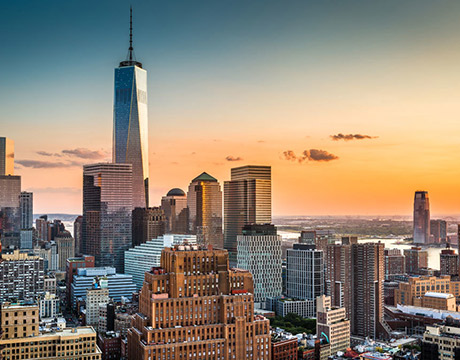
New York
USA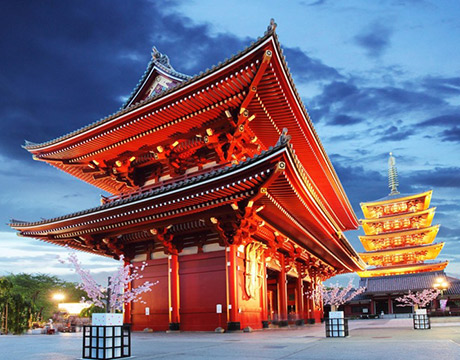
Tokyo
Japan
Bangkok
Thailand
Seoul
South Korea
Vientiane
Laos
Yangon
Myanmar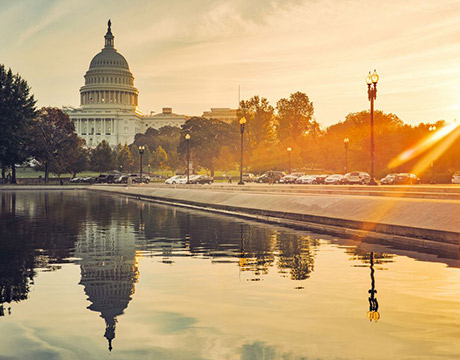
Washington DC
USA
Los Angeles
USA
Ottawa
Canada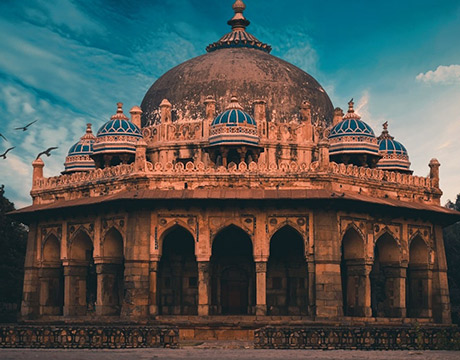
New Delhi
India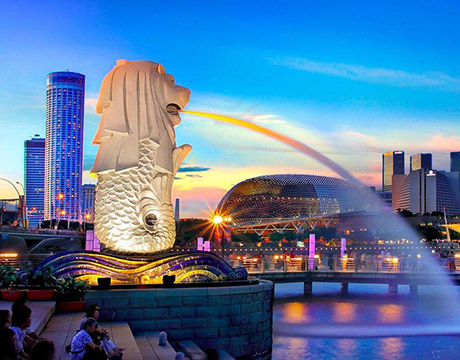
Singapore
Singapore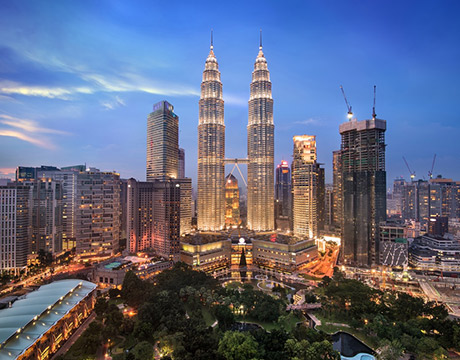
Kuala Lumpur
Malaysia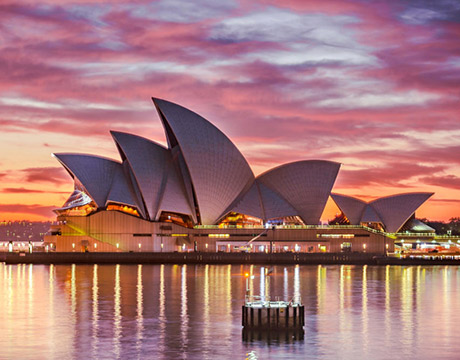
 English
English French
French Khmer
Khmer Thai
Thai Vietnamese
Vietnamese Chinese
Chinese Korean
Korean German
German Japanese
Japanese Italian
Italian Russian
Russian Spanish
Spanish Dutch
Dutch Indonesian
Indonesian Malay
Malay


